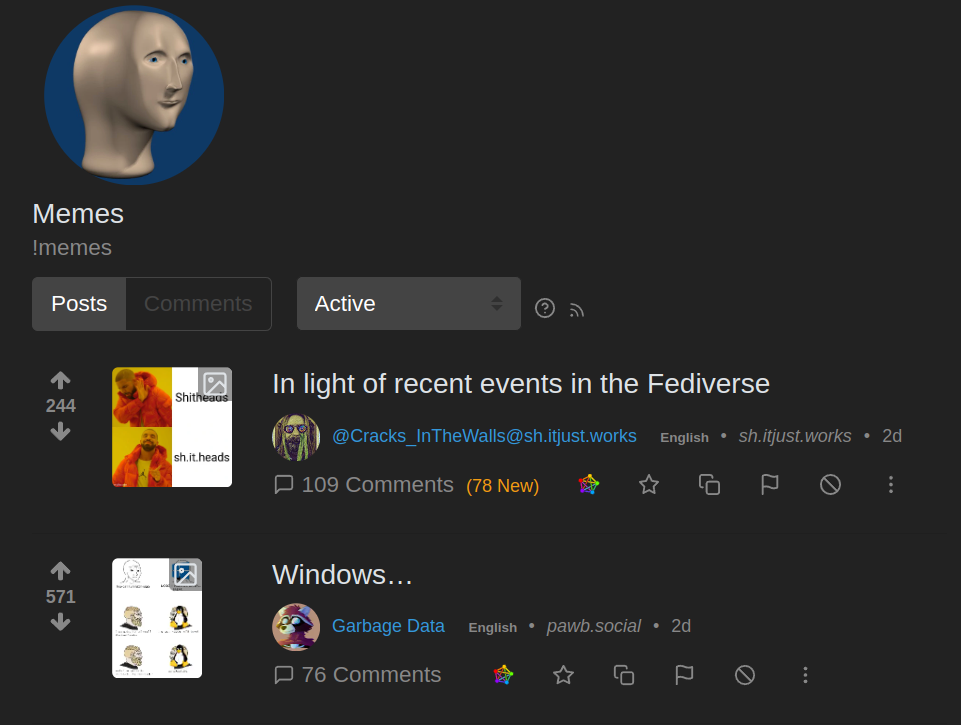If you visit a popular community like /c/memes@lemmy.ml with your web browser, the images shown are hotlinked from the Lemmy instance that the person posting the image utilized. This means that your browser makes a https request to that remote server, not your local instance, giving that server your IP address and web browser version string.
Assume that it is not difficult for someone to compile this data and build a profile of your browsing habits and patterns of image fetching - and is able to identify with high probability which comments and user account is being used on the remote instance (based on timestamp comparison).
For example, if you are a user on lemmy.ml browsing the local community memes, you see postings like these first two I see right now:

You can see that the 2nd one has a origin of pawb.social - and that thumbnail was loaded from a sever on that remote site:
https://pawb.social/pictrs/image/fc4389aa-bd4f-4406-bfd6-d97d41a3324e.webp?format=webp&thumbnail=256
Just browsing a list of memes you are giving out your IP address and browser string to dozens of Lemmy servers hosted by anonymous owner/operators.
I know very little about networks, but aren’t end-users IP addresses dynamically assigned by their Internet providers? Don’t providers use NAT systems so the public IP you see is not actually the one assigned to someone’s “house”?
Typically NAT ends at the building. So a coffee shop it is going to use private addresses for every person on WiFi inside the coffee shop, but the servers are still going to get the single IP address of that building.
You can see what a typical database might say about your IP address: https://www.iplocation.net/ and compare with another service: https://iplocation.com/
Thanks, iplocation.net has a lot more detail than iplocation.com, but they both show exactly the same public IP for me (that is my provider), were they supposed to be different on the 2 sites?
Your Public IP won’t change, but the different databases guessing where that is, interpretation changes.
It was coincidence that they had similar names, I went through the first 5 ot 6 I found on a Google Search and picked two that had different actual information.
With the same IP, the first site thinks I am 2 states away in the USA (1300 miles wrong), the 2nd site shows exactly where I am. Almost all the sites show me 2 states away, but iplocation.com must have had someone identify the hotel I am at.
Oh I see, in my case both show the same location, probably because I’m at home and what they show is my internet provider, it’s probably easy to know exactly where providers actually are.
Your ISP has assigned that IP to you. It may be temporary for anywhere from a month or so to a year. But either way that is the IP sites will see when you visit a web site or view the images OP is talking about. It can fingerprint you to a degree. And ISPs can and do keep track of who they have assigned ip addresses to.
While most residential ISP customers are dynamically assigned a public IP address, those addresses usually don’t change unless you reset (not just restart) your router. My “dynamic” IP address has been the same for over a year (ever since I switched to my current ISP).
As the other person said, that address is then shared among all devices connected to your router. Even most IPv6 networks (without NAT) share the same address prefix.